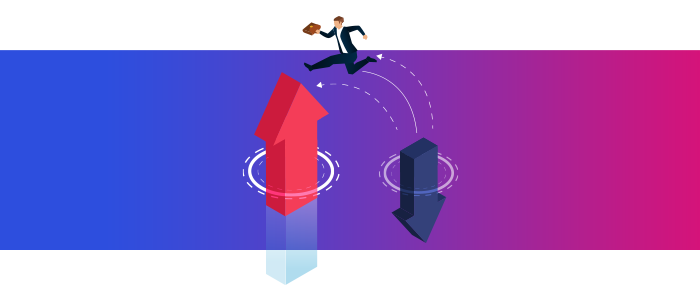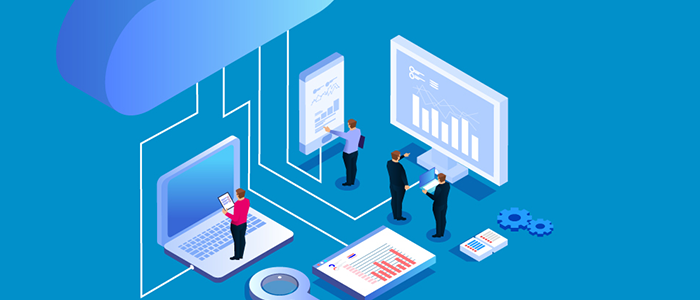
Equip your business with the IT foundation it needs to compete and win
In a recent industry survey, it was found that one of the biggest factors holding back small and mid-sized firms from achieving their business goals was IT. One may argue that smaller businesses lack the capital that the bigger players have to invest in their business, but even with all other aspects being more or less equal, the difference brought about by their lack of investment in IT was found to be a key differentiating factor–far more than other elements such as marketing, human resources and even industry expertise.
There’s no denying that IT plays an important role in keeping any business running. Ignoring your IT infrastructure can prove disastrous, but maintaining an in-house IT team to take care of it can be expensive–especially for SMBs. By outsourcing IT to a trusted MSP, businesses can benefit from significant cost savings that arise from not having to hire an entire IT team in-house.
The second instance where having an Service level agreement (SLA) with an MSP helps is where you don’t have an in-house IT team. Calling on an IT service provider when there is a crisis or a there is a one-off event may mean significant surcharges
When businesses have SLAs, the MSP will be regularly monitoring their IT infrastructure. A typical service agreement will cover regular backups, periodic network monitoring for latency issues, timely security updates and patch application, etc., This means the chances of severe IT issues will be drastically reduced. Most of the time, the problem can be identified much sooner before it becomes a full-blown issue. And, in the event of an IT emergency, a client having a service agreement will be prioritized by the MSP. One time emergency requests fall to the end of the line.
Irrespective of the size of business, MSPs can add tremendous value by bringing scalability, flexibility and innovation to the standard IT set-up and help build the IT foundation it needs to compete effectively and efficiently in the industry.









